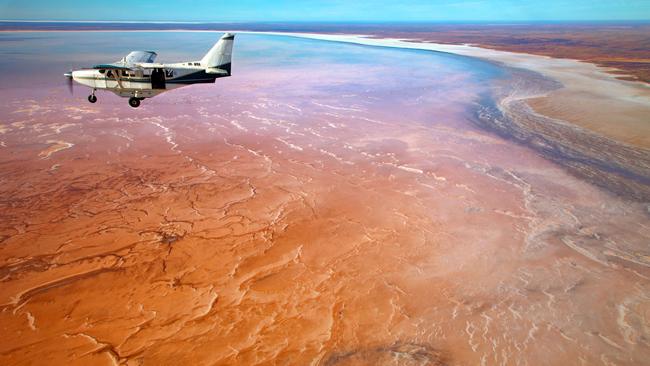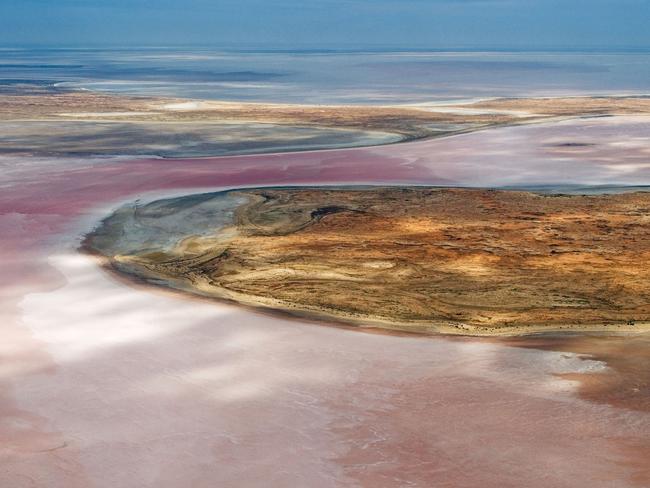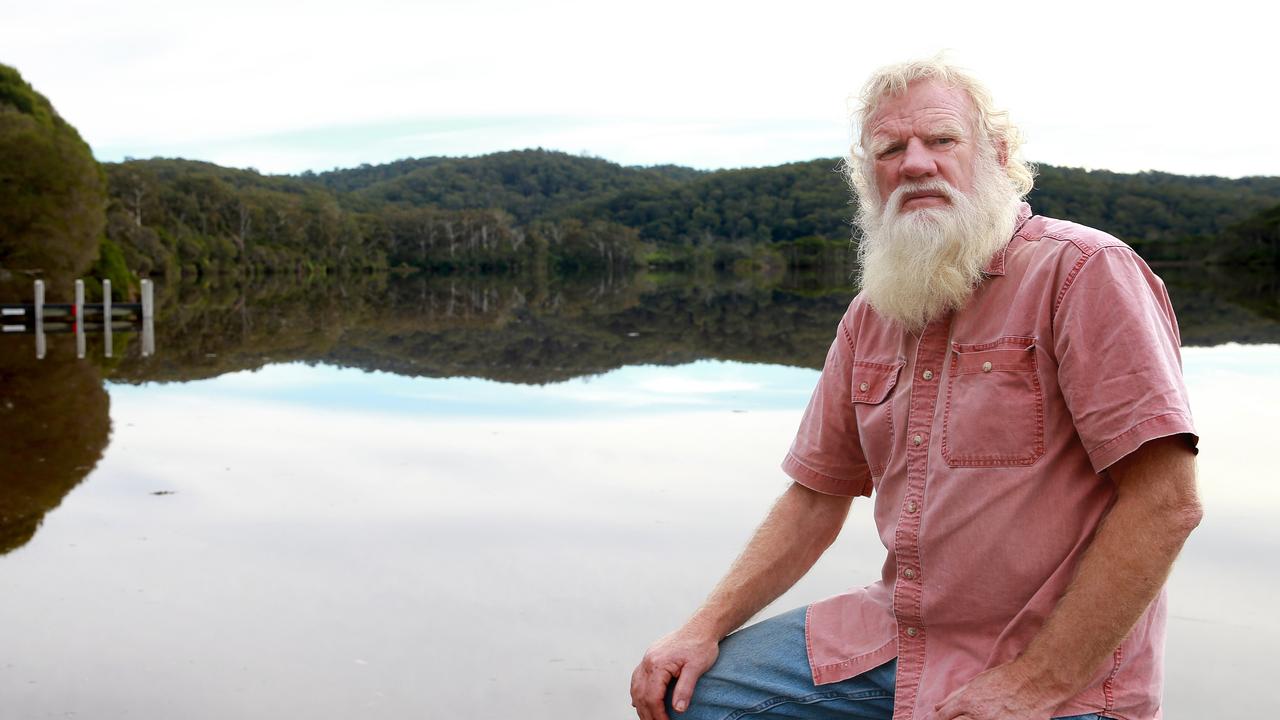How does it help race relations to now exclude 96 per cent of Australians from the most iconic parts of their land?
If our biggest lake can be declared a sacred site, off limits to non-Aborigines, how long before activists declare the whole continent sacred, too?

Andrew Bolt
Don't miss out on the headlines from Andrew Bolt. Followed categories will be added to My News.
The new apartheid is now dividing Australians even by geography.
Latest example: non-Aborigines may soon be banned from Australia’s biggest lake.
South Australia’s Department for Environment and Water proposes to ban whites, Asian Australians and other non-Aborigines from Lake Eyre under new rules which would “not allow any recreational access to the lake”, or not without the traditional owners’ permission.
This ban is for our own good, apparently, since this massive lake – 9500sq km when there’s rain – is “considered in lore to be sacred and dangerous to visit without the guidance of cultural authority”.

This is forcing Australians to kowtow to superstition.
It’s sure infuriated the Lake Eyre Yacht Club, which hasn’t noticed any supernatural danger in years of sailing Lake Eyer.
Do even local Aborigines seriously believe this stuff?
This seems part of a new power flex that’s already seen non-Aborigines banned from climbing Uluru, Mt Disappointment, parts of the Grampians and Mt Arapiles, and from visiting the Gunlom Falls in the Kakadu National Park.
The “cultural authority” backing this ban is the local Arabana Aboriginal Corporation, chaired by Bronwyn Dodd, who insists the lake “looks after us” and it’s “disrespectful to enter such a significant cultural site”, unless you fly over it or look at it from a designated areas away from the shore.
This raises more questions for me.
For a start, if our biggest lake can be declared a sacred site, off limits to non-Aborigines, how long before activists declare the whole continent sacred, too?
Second, what of our free speech when this draft agreement lets the Arabana deny exemptions to commercially film and photograph the site if it thinks it’s not “culturally appropriate”?
And third, how can the South Australian government consider this racial ban, when the Federal Court, in granting the Arabana native title over the lake in 2012, ruled this did “not confer possession, occupation, use and enjoyment of the determination area to the exclusion of others”? Give an inch, take a mile.
But the bottom line is this: how does it help race relations to now exclude 96 per cent of Australians from the most iconic parts of their land?
Originally published as How does it help race relations to now exclude 96 per cent of Australians from the most iconic parts of their land?




